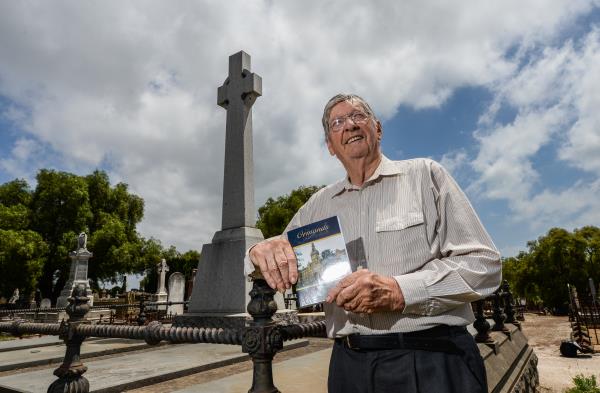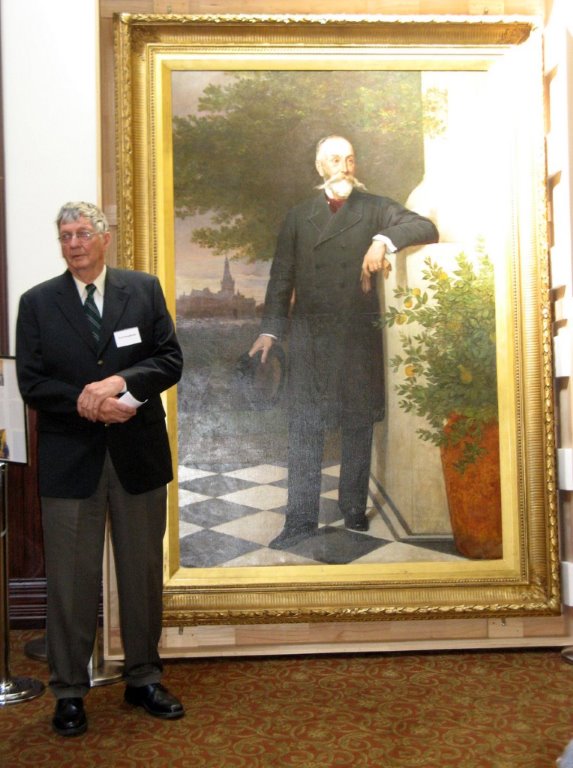By NOEL MURPHY
THE HILLTOP grave at East Geelong Cemetery makes for an impressive monument but 120 years after receiving its esteemed inhabitants it’s rarely visited.
Ted Stephens knows well the “zealous intelligent assistance”, the “liberal donations”, of Francis Ormond who rests in pace there with his wife Mary.
The road passing by, Ormond Rd, bears testament, in part – as do many other observances – to the role he played in the early development of Geelong and Victoria.
The Ormonds of Borriyalloak, as Mr Stephens has dubbed his newly-published biography of Ormond, details that role, one that’s been largely forgotten in the mists of time.
Captain Francis Ormond migrated from Scotland in 1842 with his wife Isabella, settling at Shelford northwest of Geelong where he ran a hotel catering for travellers in and out of the Western District. He accumulated land in the area, as an economic depression persisted, and cashed in after the Gold Rush arrived.
The family, including Francis junior, just 15 when his father settled on the Leigh River, made a fortune from their sheep holdings. The younger Francis followed his parents lead and spent a lifetime improving education facilities in Geelong and Melbourne.
He built the magnificent Ormond College at Melbourne University, the Working Men’s College, now known as RMIT, paid for the start of Melbourne Conservatorium of Music – the first in the British Commonwealth – contributed generously to the Gordon Institute of Technology and served as a chieftain of the Commun na Feinne.
Mr Stephens’ work is the first full biography detailing the Ormond family’s history. It’s a story of struggle against fire, flood and drought set against a backdrop of illness, heartbreak and triumph.
“Ormond’s later life was fairly well documented, when he started giving money away, but his early life around Western District, which was really busy, wasn’t,” he told the Independent.
“He was worried about the men he employed who came out from the Scottish clearances without any education. They landed here and were fleeced left, right and centre by the Australians so he sat about with a candle in a hut at 17, 18, giving them some education.
“It become an obsession with him. He set up a school for working men, a university with the most ingenious constitution — now it’s RMIT, it’s gone ahead leaps and bounds. He was an incredible bloke, way ahead of his time.
“His father was a phenomenal man, too, who set him up for the future. His father was the only man at Shelford in the 1840s. When the rural industry collapsed, he took on a couple of sheep runs and struck gold when sheep prices jumped from 20 pence to three pounds and 10.”









